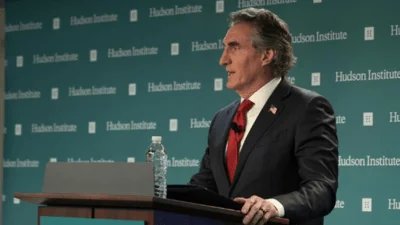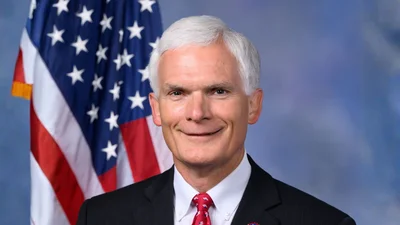The NFIB Small Business Optimism Index dropped by 2.0 points in September, settling at 98.8, according to the National Federation of Independent Business (NFIB). This marks the first decline in three months for the index, though it remains above its 52-year average of 98. The Uncertainty Index increased by 7 points from August to reach 100, which is the fourth-highest level recorded in over five decades.
“Optimism among small business owners decreased in September,” said NFIB Chief Economist Bill Dunkelberg. “While most owners evaluate their own business as currently healthy, they are having to manage rising inflationary pressures, slower sales expectations, and ongoing labor market challenges. Although uncertainty is high, small business owners remain resilient as they seek to better understand how policy changes will impact their operations.”
The report highlighted several ongoing challenges for small businesses. Supply chain disruptions and inflation continue to be significant concerns. The net percentage of owners raising average selling prices increased by 3 points from August to a seasonally adjusted net 24%. Additionally, a net 31% plan to increase prices over the next three months, up 5 points from the previous month.
Inflation was cited as the single most important problem by 14% of owners, an increase of 3 points from August. Sixty-four percent of small business owners reported that supply chain disruptions affected their business in some way during September, which is up 10 points from August.
Inventory concerns also featured in the survey results. A net negative 7% of owners considered their current inventory stocks “too low,” representing a drop of 7 points and marking the largest monthly decline in the survey’s history.
On a positive note, actual earnings changes improved, with the net percentage of owners reporting higher versus lower profits rising by three points in September. This is the highest level since December 2021.
Expectations for better business conditions fell sharply, with a net 23% expecting improvement, down 11 points from August. Labor quality and taxes were tied as the top problems among small business owners, each cited by 18%. The share of owners who reported job openings they could not fill remained steady at a seasonally adjusted 32%, unchanged from August. Among those hiring or trying to hire, 88% said there were few or no qualified applicants.
Labor costs were reported as the single most important problem by 11% of respondents, up three points from August. A seasonally adjusted net 31% reported raising compensation and a net 19% plan further increases in the next three months.
Capital spending remained stable with 56% reporting outlays in the last six months. Of these, investments included new equipment (42%), vehicles (22%), and facility improvements or expansions (14%). Plans for future capital outlays remained unchanged at a historically weak level.
Sales performance showed mixed results. A net negative 7% reported higher nominal sales in the past three months—an improvement of two points—while expectations for higher real sales volumes fell four points to a net 8%.
Inventory investment plans were steady with a seasonally adjusted net 1% planning increases in coming months. Price increases continued above average levels; unadjusted figures show that one-third of owners raised prices while one-tenth lowered them.
Profit trends improved modestly with more firms citing stronger sales volumes as contributing factors. However, among those with lower profits, weaker sales and rising material costs were commonly blamed.
Access to credit became more challenging for some: a net 7% found it harder to obtain loans compared with previous attempts—the highest reading this year—and an equal percentage paid higher rates on recent loans. The average rate paid on short maturity loans rose to 8.8%.
Business health assessments remained largely unchanged overall: 11% rated their businesses as excellent (down three points), while good ratings rose by three points to reach 57%.
Only 11% felt it was a good time to expand—a relatively weak figure compared with historical norms.
Taxes and labor quality were tied as top concerns among respondents at 18%, while issues such as government regulations and red tape fell slightly in importance.
Other persistent issues included poor sales (10%), competition from large businesses (5%), insurance costs or availability (8%), and financing/interest rates (4%).
The NFIB Research Center has been collecting data on small business economic trends through quarterly surveys since late 1973 and monthly surveys since 1986. Survey participants are randomly selected from NFIB’s membership base, with reports released monthly on the second Tuesday. The latest survey reflects responses collected during September 2025.





